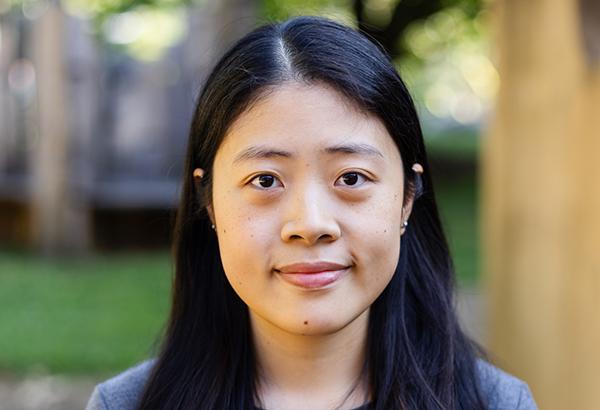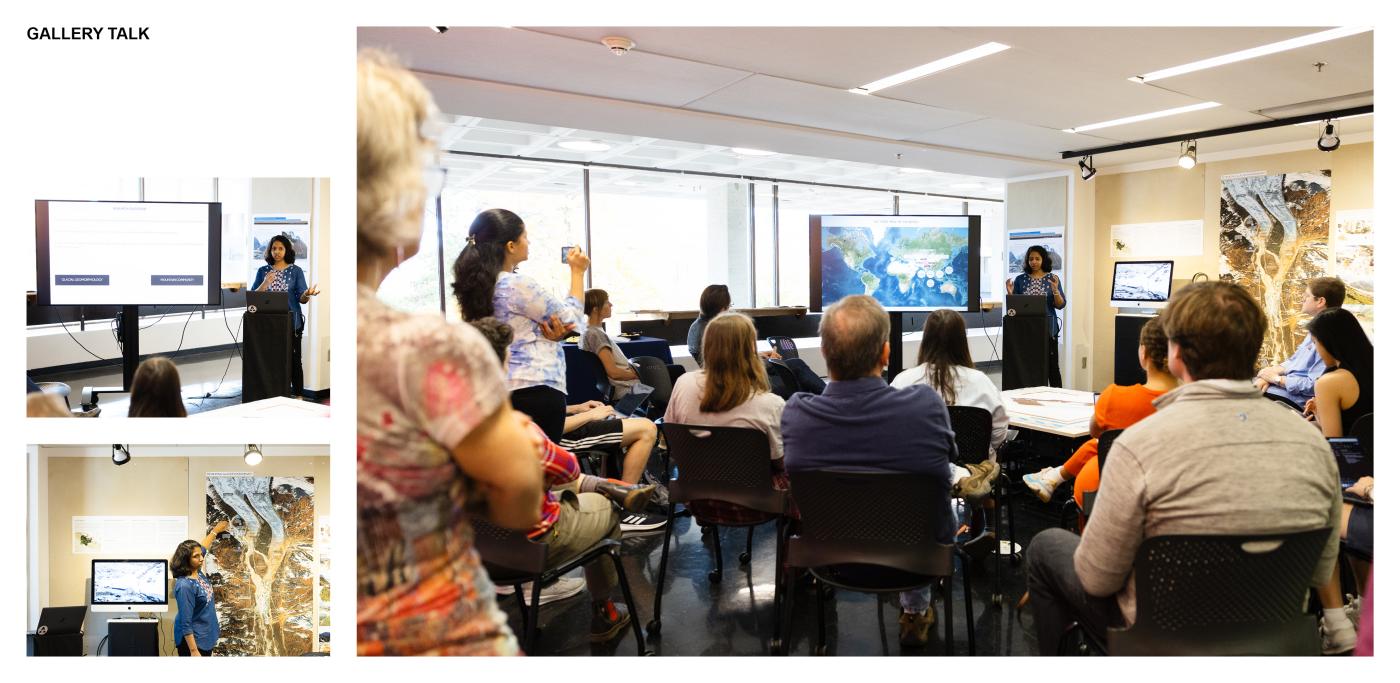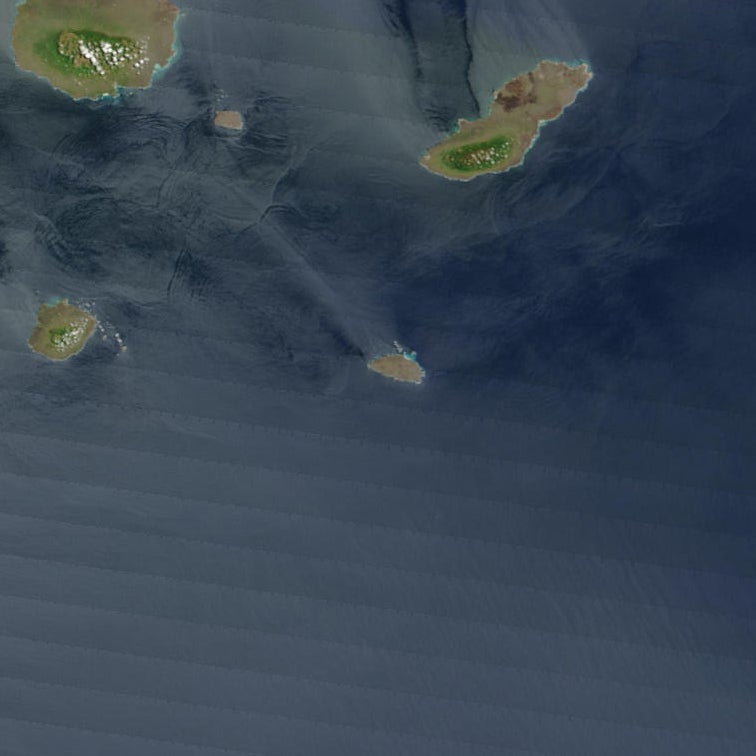
Master of Landscape Architecture Graduates Receive National ASLA Awards
We extend our congratulations to recent graduates of the School of Architecture's Master of Landscape Architecture program Joyce Fong (MLA '25), Ari Bell, (MLA '25), Shuai Yuan (MLA '25), and Madhura Vaze (MLA '24) for being recognized by the American Society of Landscape Architects (ASLA). In the recently announced 2025 ASLA Student Awards, Fong, Bell, and Yuan received an Award of Excellence for work they produced in the Fall 2024 Arctic Design Studio, taught by Leena Cho and Matthew Jull; Vaze was the recipient of an Honor Award for her Fall 2024 exhibition Shifting Terrains: Glacial Debris and Flow in the Garwhal Himalayas, based on her Howland Travel Fellowship research on rapid glacial retreat in northern India. ASLA Student Award winners represent the bright future of the landscape architecture profession.
|
Image

|
Image

|
Image

|
AWARD OF EXCELLENCE—
JOYCE FONG, MLA ‘25; ARI BELL, MLA '25; SHUAI YUAN, MLA '25
ANALYSIS AND PLANNING CATEGORY—
STABILIZING THAWING GROUND: MELTWATER MANAGEMENT IN UTQIAĠVIK, ALASKA
Advanced Research Studio—City Built on Thawing Ground
Instructors—Leena Cho and Matthew Jull
Semester—Fall 2024
Project Description:
Stabilizing Thawing Ground preserves urban Arctic landscapes by mapping, managing, and designing with snow and meltwater in Utqiaġvik, Alaska. Utqiaġvik sits on ice-rich permafrost and is rapidly warming, putting it at risk. Snow depth and ground saturation play a critical role in heat transfer, making a holistic approach to their management essential. Given the extreme difficulty of importing new materials, the project activates environmental phenomena and routine maintenance as design tools. Furthermore, the project team worked closely with local experts to align its work with city capacity. The resulting proposal gives residents agency by presenting watershed-specific management plans and a suite of analyses to inform future decision-making.

Utqiaġvik (formerly Barrow), Alaska, is experiencing environmental damage from climate change more rapidly than much of the world. Located 330 miles north of the Arctic Circle and accessible only by plane or boat, Utqiaġvik is striving to preserve its culturally rich Iñupiat community amid limited resources and a lack of context-specific landscape management practices.
Changing precipitation patterns, shifting freeze-thaw cycles, the urban heat island effect, and standing water are significantly degrading permafrost beneath the constantly moving active layer, threatening homes, infrastructure, and cultural resources. The current ad hoc approach to managing snow, ice, and meltwater highlights the need for proactive, actionable strategies to maintain ground stability, a critical foundation for environmental and cultural resilience in this extreme climate.

The project optimizes permafrost preservation in urbanized tundra areas by enhancing local capacity and systematizing Public Works’ approach to snow and meltwater management. The project also presents detailed drainage proposals at the site and sub-watershed scale to supplement city-scale planning.
The team's proposal offers a synthetic, multi-scalar approach to guide systemized snow and meltwater management in Utqiaġvik, empowering the city with actionable planning solutions that preserve its culture, permafrost, and unique ecology without imported materials. Given the accelerated pace of climate change in the Far North, such approaches are essential for the survival of urban Arctic communities.
"Interesting topic, thorough and beautifully presented."
—2025 ASLA Awards Jury
|
Image

|
HONOR AWARD—
MADHURA VAZE, MLA ‘24
COMMUNICATIONS CATEGORY—
SHIFTING TERRAINS: GLACIAL DEBRIS AND FLOW IN THE GARWHAL HIMALAYAS
Howland Travel Fellowship Exhibition
Faculty Advisor—Bradley Cantrell
Semester—Fall 2024
Project Description:
In the context of climate change, the rapid retreat of alpine glaciers is reshaping both upstream river infrastructure and socio-cultural values of mountain communities. For her 2024 Benjamin C. Howland Memorial Travel Fellowship research and exhibition at the School of Architecture, Madhura Vaze, Associate ASLA, investigated unstable glaciated landscapes in the Garhwal Himalayas, India, focusing on the 2013 and 2021 glacial lake outburst floods. By unpacking landscape change, Vaze highlighted the relationship between glacial geomorphology and mountain communities. The exhibition served as a foundation for transdisciplinary dialogue to rethink the role of landscape architecture in high-altitude mountain regions.

Often called the “Third Pole of the World,” the Himalayas are home to the largest number of alpine glaciers outside the Arctic and Antarctica. These glaciated landscapes are not only vital freshwater reserves but also sensitive climate indicators. In the Garhwal Himalayas of Uttarakhand, India, glacial retreat is no longer an invisible process. It is perceived highly through frequent and devastating glacial lake outburst floods (GLOFs). These events have become defining moments for upstream mountain communities navigating the risks posed by glacial debris—sediment left behind by retreating glaciers.
"Witnessing these transformations firsthand shaped an embodied-disembodied relationship with glacial debris, becoming a lens through which to develop the consciousness of landscape change at both nature and personal scales.”
—Madhura Vaze

Vaze designed her Howland Travel Fellowship exhibition, Shifting Terrains, with one objective in mind—to provide an opportunity for the public to engage, gather, sense, discuss and connect themselves with retreating glaciers. Beginning with a three-week trip to the Uttarakhand state India to conduct fieldwork, Vaze spent nine months transforming her research findings into an innovative public exhibition. Combining immersive media from her walking experience, field maps, annotated photographs, sketches and interactive models, Vaze portrayed the dynamic and temporal nature of the high-altitude terrain.



